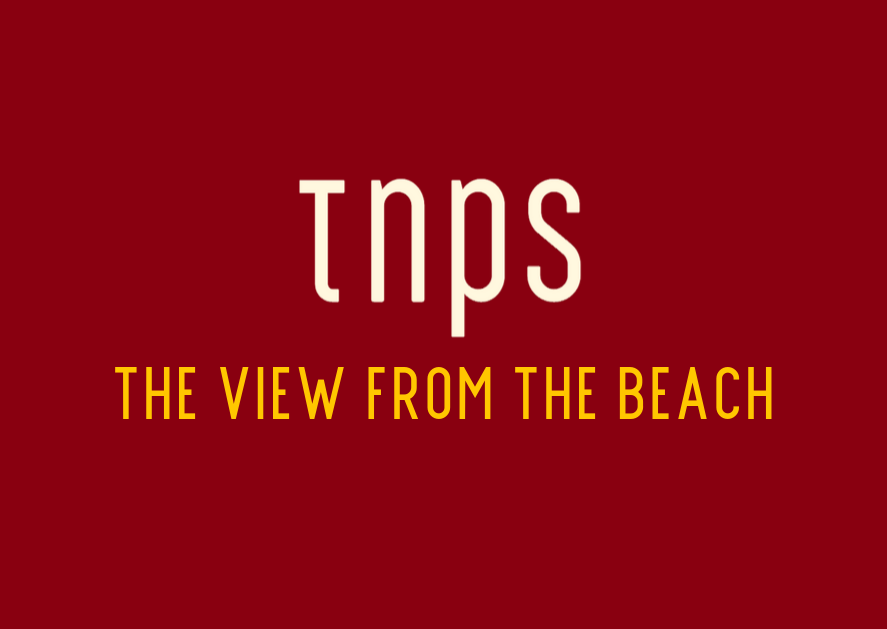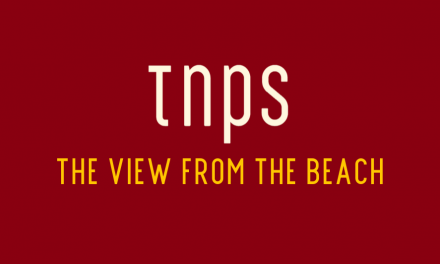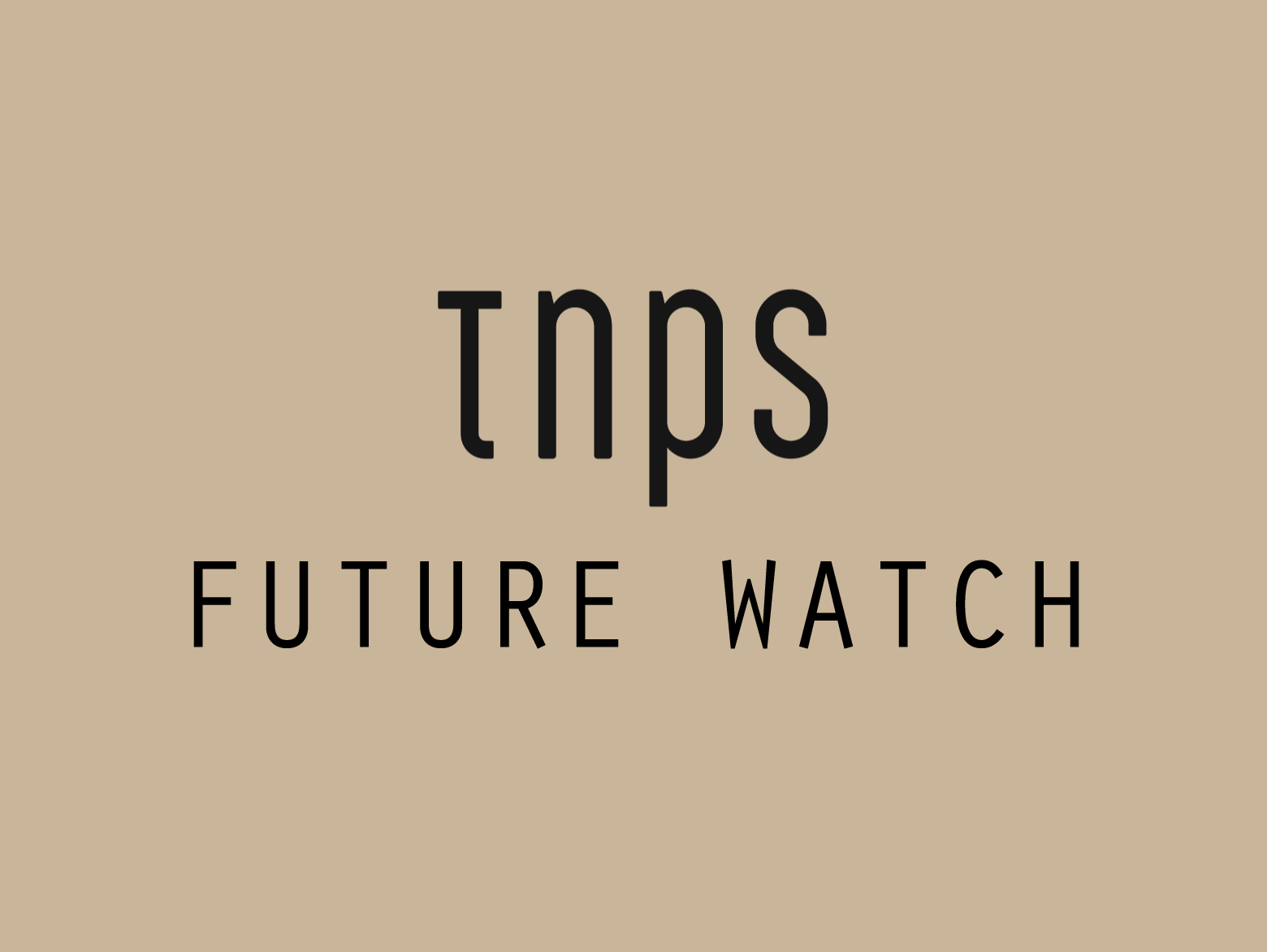Why the “AI doom” narrative misunderstands creative work entirely
Thanks, Michalis Kalamaras, for this opportunity to challenge some fundamental misunderstandings about what AI brings to the creativity table.
❝As we are now in year 3 of public AI use… can we assume that in year 10 in the AI era, average translators – together with average authors – will be doomed, but there will be plenty of work for good ones?❞ – Miha Kovač
Michalis Kalamaras chose to run the above quote from Kovac on LinkedIn, but without further context I can’t say if Kovac was arguing that specific cause, or using the argument as a means of rebuttal. But the question itself reflects a common theme arising in Luddite circles, whereby AI will destroy all creativity, with the add-on that there won’t even be work for “the good ones”.
And reveals a dangerous misreading of both technological capability and creative labour.
Addition: Michalis Kalamaras clarifies that, “Miha Kovač’s slide was not a rebuttal, but he raised such a possibility in its talk, highlighting the fast improvement of AI.” Which adds flavour to the debate that follow.
The Fallacy of the Fixed Hierarchy
Here’s the thing: This prognosis belongs to a false binary that serves only the Luddite Fringe, whilst insulting the intelligence of publishing professionals. This narrative presents a choice between creative obsolescence and a retreat to twentieth-century methods. It is, in short, classic Flat Earther doomsayer nonsense dressed in the language of pragmatism.
The error lies not in noting AI’s growing capabilities but in defining creative professionals through a reductive bell curve. “Average” is not a fixed ontological state but a snapshot of current capability – and capability is never static. The translator who is “average” today possesses skills that would have seemed remarkable a generation ago. The author struggling with their second novel may produce their finest work on their fifth. We are not dealing with immutable castes but with human beings in motion.
Let me add here that this applies across almost all fields of human endeavour. Every we see new records set in sport, new highs in technology, new discoveries, etc. Capability is never static.
What “Average” Actually Means in Creative Work
Consider what we mean when we invoke “average” in creative industries. An average translator doesn’t produce gibberish; they produce competent, readable prose that successfully conveys meaning across linguistic boundaries. An average author doesn’t type randomly; they craft narratives that engage readers, even if they haven’t yet achieved mastery or commercial breakthrough.
These professionals form the backbone of publishing. They translate the technical manuals, the genre fiction, the corporate communications. They write the midlist novels, the educational materials, the commissioned works that keep publishers solvent. To declare them “doomed” is to fantasise about an industry that exists only at the peaks – an industry that would collapse within a fiscal quarter.
Amplification, Not Replacement
Here’s what actually happens when creative professionals engage with AI tools: they become more capable, not redundant.
For the translator wrestling with idiomatic nuance in a complex technical document, AI, used properly, offers a first-pass rendering that captures denotative meaning and contextual relationships. And this is what the Luddite Fringe fails to grasp: That this isn’t the end product; it’s the beginning of a conversation. The translator’s mental labour – previously consumed by the mechanical act of word-substitution – is now available for the true craft: preserving tone, navigating cultural specificity, making the thousand micro-decisions that determine whether a text sings or stumbles in its new language.
The technology doesn’t replace judgment; it creates the conditions where judgment can operate at a higher level.
For the author stymied by structure, generative tools can propose narrative scaffolding, suggest alternative plot trajectories, or simply break through the paralysis of the blank page. These outputs can be seized, subverted, or discarded entirely. The machine becomes a sparring partner – occasionally brilliant, frequently naive, always subordinate to authorial vision.
The Economics of Elevation
Publishers benefit from this symbiosis through accelerated workflows and enriched editorial dialogue. AI can surface patterns in reader engagement that would take human analysts weeks to identify. It can flag textual inconsistencies across a 300,000-word manuscript in minutes. It can generate market-aligned title options, analyse competitive positioning, even predict which narrative elements resonate with specific demographic segments.
Yet every algorithmic output demands human discernment. The AI might identify that readers abandon a particular chapter at unusual rates – but only an editor understands whether the solution is cuts, restructuring, or doubling down on difficulty. The technology provides intelligence; humans provide wisdom.
This division of labour has profound economic implications. Projects that were marginally viable become profitable. Books that would have languished in development purgatory reach market faster. And crucially, the financial breathing room this creates enables publishers to take risks on challenging, experimental work that might otherwise be commercially untenable.
The Democratisation of Excellence
The notion that only the “good” will survive implies that quality is a finite resource, accessible only to a creative elect. This is not merely wrong; it is historically illiterate.
Excellence in creative work has always been partly a function of access – to education, to time, to networks, to the tools of the trade. The poet with financial security and an MFA has structural advantages over the equally talented poet working two jobs. The translator trained at a prestigious institution has been handed resources unavailable to the brilliant autodidact.
AI doesn’t eliminate these disparities, but it does reduce them. It hands the emerging poet syntactic analysis tools that were once the province of the privileged few. It offers the self-taught translator access to corpus linguistics and contextual databases that previously required institutional affiliation. Then it stands back and lets human judgment, taste, and moral imagination steer the work.
What we’re witnessing isn’t the survival of only the “good” but the elevation of the “average” into new territory. The distribution doesn’t collapse to a few superstars; it shifts upward, with the baseline of competent professional output rising substantially.
The Partnership Imperative
Ten years hence, translators and authors will not be doomed. They will be augmented, their capacities multiplied and their reach extended. The translator who masters AI assistance will handle more projects, across more specialisations, with greater accuracy. The author who learns to collaborate with generative tools will produce more polished drafts, explore more narrative possibilities, and iterate faster on editorial feedback.
But – and this is crucial – neither will succeed by passively accepting machine output. The future belongs to professionals who master the art of partnership: who understand when to lean on the machine and when to override it. Who recognise which tasks benefit from algorithmic processing and which demand irreducibly human judgment. Who can evaluate AI suggestions with the same critical faculty they apply to human feedback.
This requires new skills, certainly. But publishing has always required adaptation. The editor who couldn’t transition from typewriter to word processor didn’t survive the 1980s. The marketing professional who couldn’t grasp digital distribution struggled in the 2010s. The translator who refuses AI assistance in 2025 is making the same category error.
What Publishers Need To Do
The publishing industry faces a choice, but it’s not the one Kovač’s question implies. The real choice is between defensive pessimism and strategic integration.
Defensive pessimism, embraced by the Luddite Fringe, means treating AI as a threat to be contained, minimised, or avoided. It means clinging to twentieth-century workflows whilst competitors race ahead. It means watching profit margins erode and production timelines extend whilst convincing ourselves we’re preserving creative integrity.
Strategic integration means something more sophisticated: understanding AI as infrastructure rather than intelligence. It means investing in training so that every professional in the pipeline – from junior editors to senior translators – can leverage these tools effectively. It means establishing quality control protocols that catch algorithmic errors whilst celebrating algorithmic assistance. It means reimagining job descriptions not around tasks that can be automated but around judgment that cannot.
This isn’t about replacing humans with machines. It’s about building workflows where humans and machines do what each does best, in concert.
The Moral Dimension
There’s an ethical argument here that deserves explicit statement: the “doom the average” position is fundamentally elitist. It imagines a future where only a creative aristocracy survives, whilst everyone else is cast into economic irrelevance.
The alternative vision – where AI elevates baseline capability and democratises access to excellence – is not utopian naivety. It’s already happening. The translator using AI assistance to handle more work at higher quality isn’t doomed; they’re thriving. The author using generative tools to overcome creative blocks isn’t displaced; they’re more productive. The publisher integrating AI into editorial workflows isn’t eliminating jobs; they’re reallocating human attention to higher-value activities.
The Path Forward
We must resist the siren call of fatalism. The publishing industry’s task is not to contain AI or to retreat behind romantic notions of unassisted creativity. Our task is to direct these technologies, ensuring that the ghost in the machine serves the human story – not the other way round.
This requires clear-eyed assessment of both capability and limitation. AI is extraordinarily good at pattern recognition, at generating variations on established forms, at handling repetitive cognitive tasks with superhuman speed. It is notably poor at moral reasoning, at understanding unstated context, at grasping what makes particular readers care about particular stories.
The professional who understands this distinction – who can deploy AI for its strengths whilst providing human guidance for its weaknesses – will not be doomed in ten years. They will be indispensable.
The question isn’t whether average translators and authors will survive the AI era. The question is whether publishing institutions will be wise enough to facilitate the partnership that benefits everyone: creators, publishers, and readers alike. The technology itself is neutral. What matters is what we choose to do with it.
And we must choose augmentation over obsolescence, partnership over displacement, elevation over elimination. The future of publishing depends not on resisting the ghost in the machine but on teaching it to serve human creativity rather than supplant it.
The next decade will prove the doomsday prophecy wrong – not because AI will fail, but because human creativity, when properly supported, is far more resilient and adaptable than the pessimists imagine.
This post first appeared in the TNPS LinkedIn newsletter.




